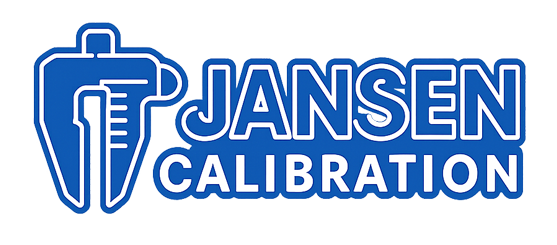No products in the cart.

In an era of rising energy costs and growing environmental concerns, industrial energy audits have become a strategic priority across manufacturing plants, commercial buildings, and utility providers. At the heart of these audits lies a key instrument — the power logger.
Understanding how power loggers function, what data they provide, and why they are vital in modern energy audits is essential for operations managers, energy consultants, and facility engineers looking to boost efficiency and sustainability.
This article will explore the crucial role of power loggers, how they are used in industrial energy audits, and what to consider when choosing the right model for your application.
What Is a Power Logger?
A power logger is a diagnostic instrument used to record electrical parameters over time, such as voltage, current, power factor, active power (kW), apparent power (kVA), and reactive power (kVAR). Unlike handheld multimeters or clamp meters, power loggers are designed for long-term monitoring, often over several hours or days.
These tools are invaluable in energy audits because they allow engineers to identify energy waste, track load profiles, evaluate power quality, and validate the performance of electrical systems under various load conditions.
Why Are Power Loggers Essential in Industrial Energy Audits?
1. Uncovering Hidden Energy Losses
One of the primary goals of an industrial energy audit is to identify inefficiencies. Power loggers provide high-resolution data on:
Peak load times
Harmonic distortions
Voltage imbalances
Phantom loads and idle consumption
With this data, auditors can pinpoint where and when energy is being wasted, which equipment is underperforming, or whether existing power factor correction systems are sufficient.
2. Supporting Preventive Maintenance
Overloaded circuits, voltage sags, and imbalance can all lead to unexpected equipment failure. Power loggers help detect these anomalies before they result in downtime. Continuous monitoring enables predictive maintenance planning based on real data, reducing the risk of sudden shutdowns.
3. Ensuring Compliance with Energy Standards
Many countries and industries must comply with international energy efficiency regulations (such as ISO 50001 or EN 16247-1). Power loggers provide the verified data necessary to produce audit trails and reports for regulatory compliance and energy certification programs.
Key Features to Look for in a Power Logger
When selecting a power logger for your facility or audit services, consider the following features:
Multi-phase compatibility: For 3-phase and single-phase systems
Data logging duration: Ability to capture data over several days or weeks
Power quality monitoring: Detection of harmonics, dips, swells, and inrush currents
Remote access: Wireless or Ethernet connectivity for offsite data retrieval
Safety ratings: CAT III or CAT IV depending on the application environment
Use Cases of Power Loggers in Different Industries
| Industry | Use Case Example |
|---|---|
| Manufacturing | Load studies to identify inefficient motors or production lines |
| Commercial buildings | HVAC system monitoring and peak demand analysis |
| Utilities | Load balancing and substation performance analysis |
| Data centers | UPS and cooling system power profiling |
| Renewable energy | Inverter efficiency and grid interaction monitoring |
Top Power Logger Products for Industrial Applications
Here are some top-rated power loggers suitable for industrial-grade energy audits:
✅ Fluke 1738 Advanced Power Logger
A high-performance 3-phase logger with Wi-Fi and mobile app connectivity. Offers power quality and energy consumption analysis in one compact device. Ideal for energy engineers who need reliable, precise, and accessible data.
✅ Hioki PW3360-21 Power Logger
Equipped with harmonics analysis and intuitive interface. Ideal for facilities looking for real-time energy diagnosis and cost-saving insights.
For more models, visit our full category of Power Quality Instruments — a dedicated range that includes power analyzers, loggers, and voltage quality testers.
Integrating Power Loggers with Energy Management Strategies
Power loggers don’t just diagnose problems—they empower decision-making. After collecting data, the information can be integrated with Building Management Systems (BMS) or Energy Management Software (EMS) for:
Benchmarking performance
Measuring ROI of energy-saving measures
Continuous energy optimization
The ability to convert raw data into actionable recommendations is what makes power loggers an essential component of any serious industrial energy strategy.
Conclusion: Power Loggers Are the Backbone of Energy Intelligence
In today’s competitive industrial environment, energy efficiency is no longer optional — it is a key driver of cost savings, operational reliability, and sustainability. Power loggers provide the diagnostic intelligence needed to uncover inefficiencies, plan improvements, and demonstrate compliance.
From simple power usage verification to advanced power quality analysis, these instruments form the backbone of any successful industrial energy audit.
To explore powerful tools that can elevate your energy assessment capabilities, browse our professional range of Power Quality Testing Instruments or speak to one of our experts for personalized recommendations.
